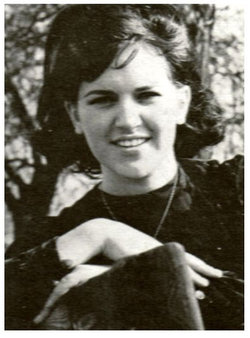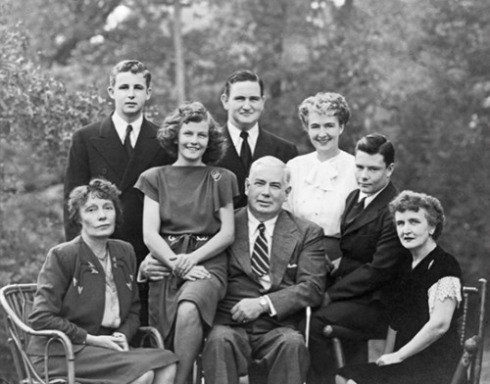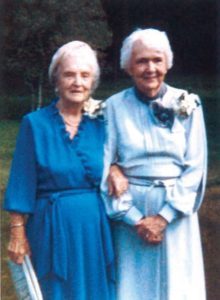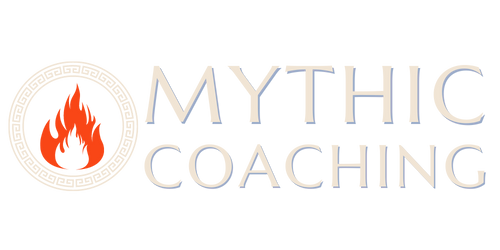A Tale of Two Olives

When I began researching William Moulton Marston in the early 1990s, it struck me as odd that two of his collaborators shared the name Olive—Olive Byrne and Olive Richard. Olive Byrne had assisted Marston in his research for Emotions of Normal People in the 1920s. Olive Richard was a magazine columnist who interviewed him a few times in the 1940s.
The internet was in its fetal stage, and no books had yet been written about Marston or his family. With so little information publicly available, it always seemed too specific to be mere coincidence. If it were the same woman, surely someone would have mentioned it.
It was Les Daniels who solved the mystery that plagued me with his 2001 book, Wonder Woman: The Complete History. As it turns out, secret identities were more than merely comic book fictions in the Marston household. Olive Richard was a pseudonym taken by Olive Byrne, who was had not only been his research assistant, but was also the mother of two of his children.
American Atalanta
Once upon a time, in the kingdom of Arcadia, the queen gave birth to a baby girl called Atalanta. Though it might have been a joyful occasion, the king’s excitement turned to rage when he learned that his first-born child was a daughter, not of a son. He commanded one of his subjects to carry Atalanta into the mountains and leave her there. As the man left, Atalanta wailed and wailed, her screams echoing among the rocks. She would surely have died if not for divine intervention.
From her woodland home, the goddess Artemis took pity on the child and sent a bear in search of the source of the cries. When the curious bear sniffed her, Atalanta tugged on the mother bear’s fur, triggering her maternal instinct. The bear carried the baby back to her cave and raised her as one of her cubs.
Olive Byrne’s story bears a striking resemblance to that of Atalanta, but without the royal titles. Ethel Byrne, with the help of her sister Margaret Sanger, gave birth to Olive at home in Corning, New York, on February 19, 1904. When Olive’s father came home drunk, he looked at his newborn daughter and took her outside and left her there in the snow to die. This time, it was Margaret Sanger who answered Artemis’s call and rescued the girl.
When Olive was two years old, Ethel took her to live with her grandparents. They passed away eight years later, and Olive went to an orphanage, but spent the summers traveling with her uncles, Billie and Charlie Byrne, female impersonators in the vaudeville circuit with their act, “Byrne & Byrne and the Giddy Girls.” Like Wonder Woman with her Bullets and Bracelets routine, Olive’s first job was as a stage performer. In 1919, at age fourteen, Olive began studying to be a nurse at Mount St. Joseph Academy in Buffalo.
Woman and the New Race
During a trip to visit her mother in New York in 1920, Olive was exposed to her Margaret Sanger’s book, Woman and the New Race, which would go on to sell a half-million copies over the next six years. With women’s suffrage achieved, Sanger’s manifesto positioned the fight for birth control as the most important battle women had ever waged. She maintained that women remained sex slaves as long as they did not have control over their own reproductive lives.
Woman and the New Race would become fundamental to the framework of Marston’s Wonder Woman comics. Olive gave a copy of it to Marston’s assistant Joye Hummel, explaining that it contained everything she needed to know about writing Wonder Woman.
In 1922, Olive enrolled in Tufts College, where she performed with the glee club and joined the staff of the school newspaper. She also chaired the Social Committee, played basketball, and founded the Tufts Liberal Club, a society of “chivalrous free-thinker[s], i.e., free of all bias.” (Lepore) Olive pledged the Alpha Omicron Pi sorority. During her Junior Year (1925), Olive met visiting psychology professor William Moulton Marston before becoming his research assistant.

Marston invited Olive to visit his home in Cambridge, where she met Elizabeth. Shortly after that, Olive moved in, becoming a member of the family. Each woman had two children fathered by Marston. Elizabeth had a girl (Olive Anne) and a boy (Moulton, aka Pete). Olive Byrne (who had taken the pseudonym, Olive Richard) had two boys, Byrne and Donn. Marston and Elizabeth legally adopted Olive’s children, and the family lived together harmoniously until Marston’s death from cancer in 1947. Olive and Elizabeth continued to live together until Olive died in 1985. Olive’s son, Byrne, said of the two women, “They really, really thought he was a great man, and they admired him.”

Sources
Bolen, J. S. (2014). Artemis The Indomitable Spirit in Everywoman. Berkeley, CA: Red Wheel Weiser.
Lepore, J. (2015). The Secret History of Wonder Woman. New York: Alfred A. Knopf.
Sanger, M. (1921). Woman and the New Race. New York: Brentano’s.
